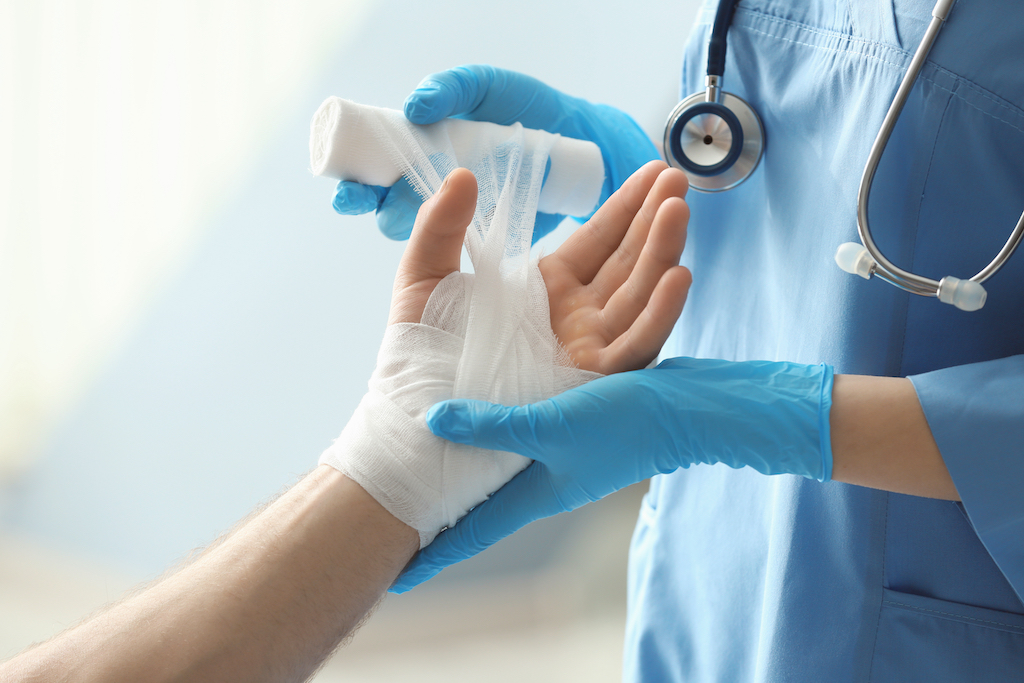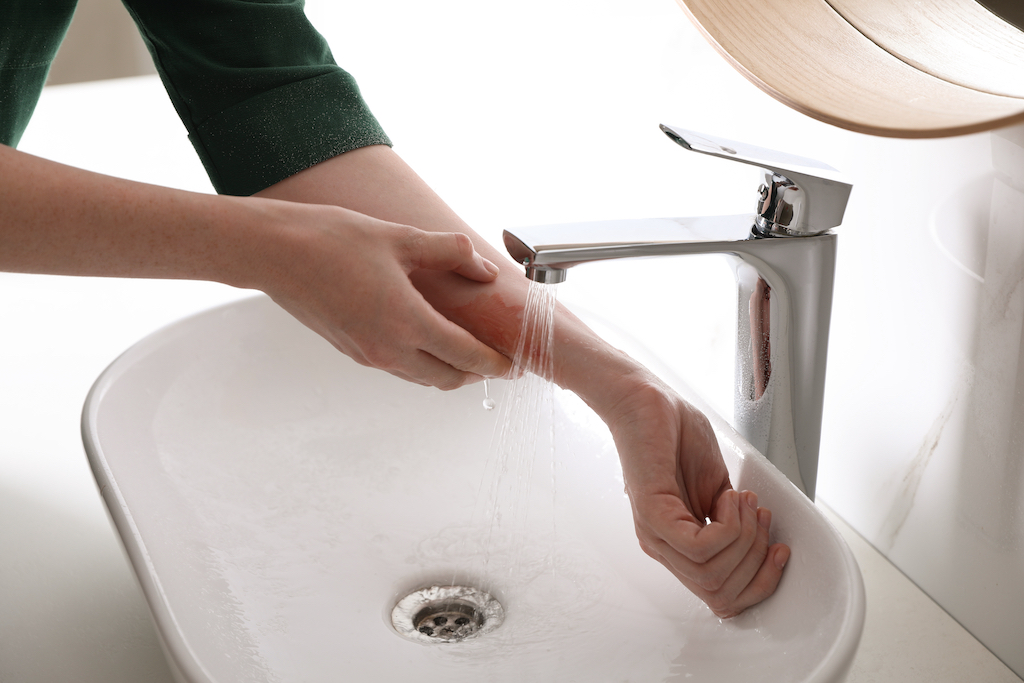 Photo Credit: Shutterstock
Photo Credit: Shutterstock
How much do you know about burns? To this day, burns remain a significant cause of injury to adults and children. Burns are a common presentation in the emergency room and the doctor’s office. Burns are the third common cause of injury resulting in death to children. Burns also account for a great length of stay amongst all hospital admits. Based on these facts, it is apparent that burns play a large role in everyday injuries, which is why we sat down with Haute MD expert Dr. Yaritza Arriaga to get the burning details.
Types of Burns
- Thermal burns result from contacting heated objects, being the most common.
- Radiation burns are more superficial as a side effect of external beam radiation, and often will appear 2 weeks after the exposure.
- Chemical burns occur when the skin comes in contact with a corrosive substance.
- Electrical burns happen when the electricity comes in contact with your body.
Burn Classifications
- First-degree burns affect only the epidermis or outer layer of the skin. The burn site will appear red, painful, dry, and with no blisters. Mild sunburn is an example.
- Second-degree burns affect both the outer layer and the underlying layer of the skin. They also appear red, and painful, this one will also appear swollen and with blisters.
- Third-degree burns affect the deepest layer of the skin, which will appear more porous or leather-like with minimal to no sensation. Hair will be lost, and skin is usually pale.
 Photo Credit: Shutterstock
Photo Credit: Shutterstock
First Aid Treatment Options
- Remove the source of the burn.
- Stop the burning process by running cold water or a cool compress on the burn.
- Pain relief with oral Tylenol or ibuprofen.
- Apply antibiotic ointment.
Things to Avoid When Treating
- Stay away from ice and ice water to avoid further tissue damage
- Do not apply butter, toothpaste, or sprays on the burns, as it can burn more and predispose infections, making the wound harder to treat.
- If clothing is attached to the skin, do not remove it, try to peel it may further damage the blistered skin.
- Do not feed a severely burned person.
For superficial burns, a common complication may be an infection. In this case, the skin will appear with drainage, and there is a chance that the skin will get more swollen and red appearing. In this instance, medical attention is also needed. After a burn, an update of tetanus shot is recommended.
As a wide summary, burns remain common, superficial burns may be treated at home with cool and topical antibiotics. More serious burns do need medical attention promptly. For any questions, contact your healthcare professional. A comprehensive urgent care and facility like Highway Integrative Health Center can assist you.
For more information, visit Dr. Brian A. Levine's social media:

























